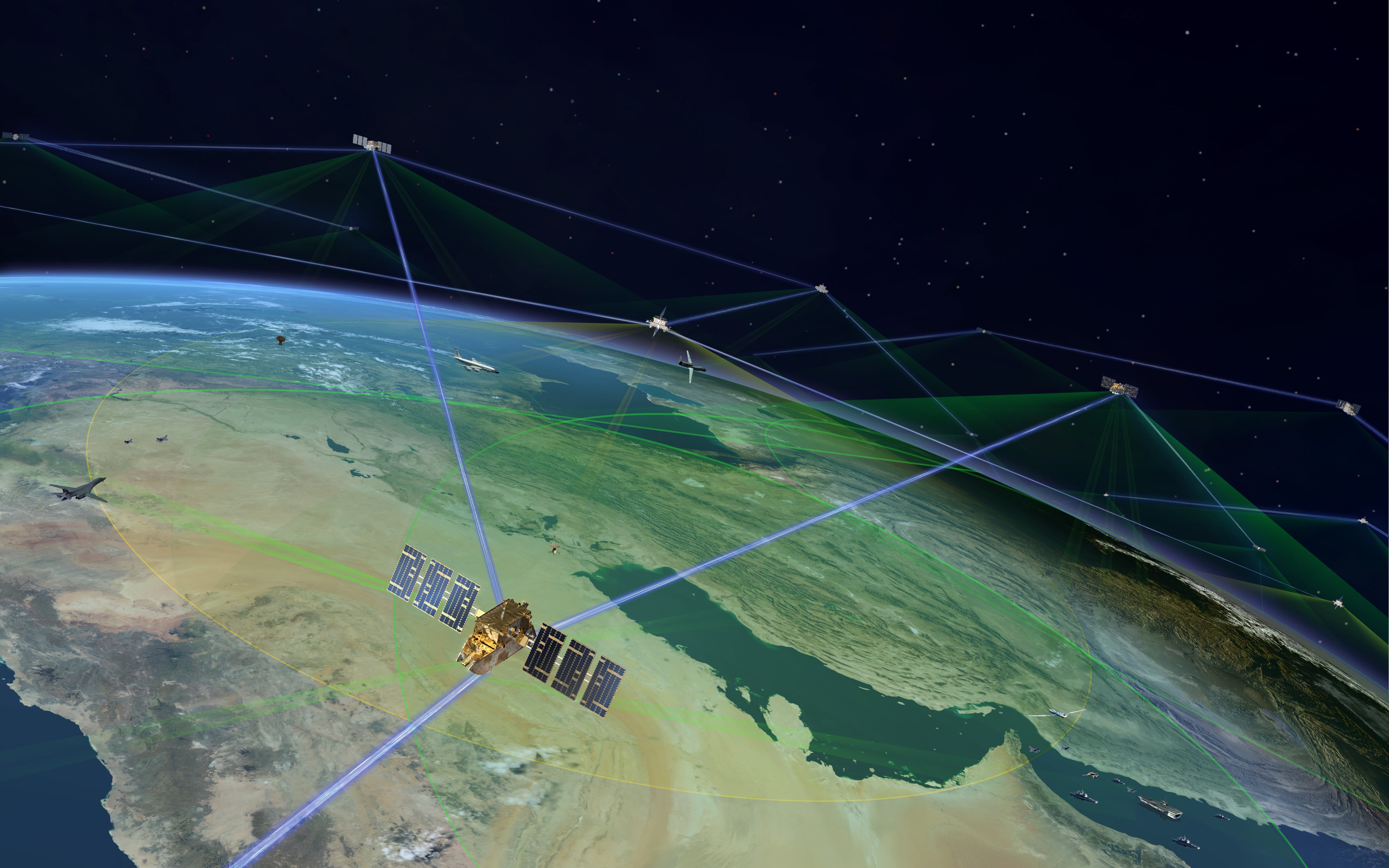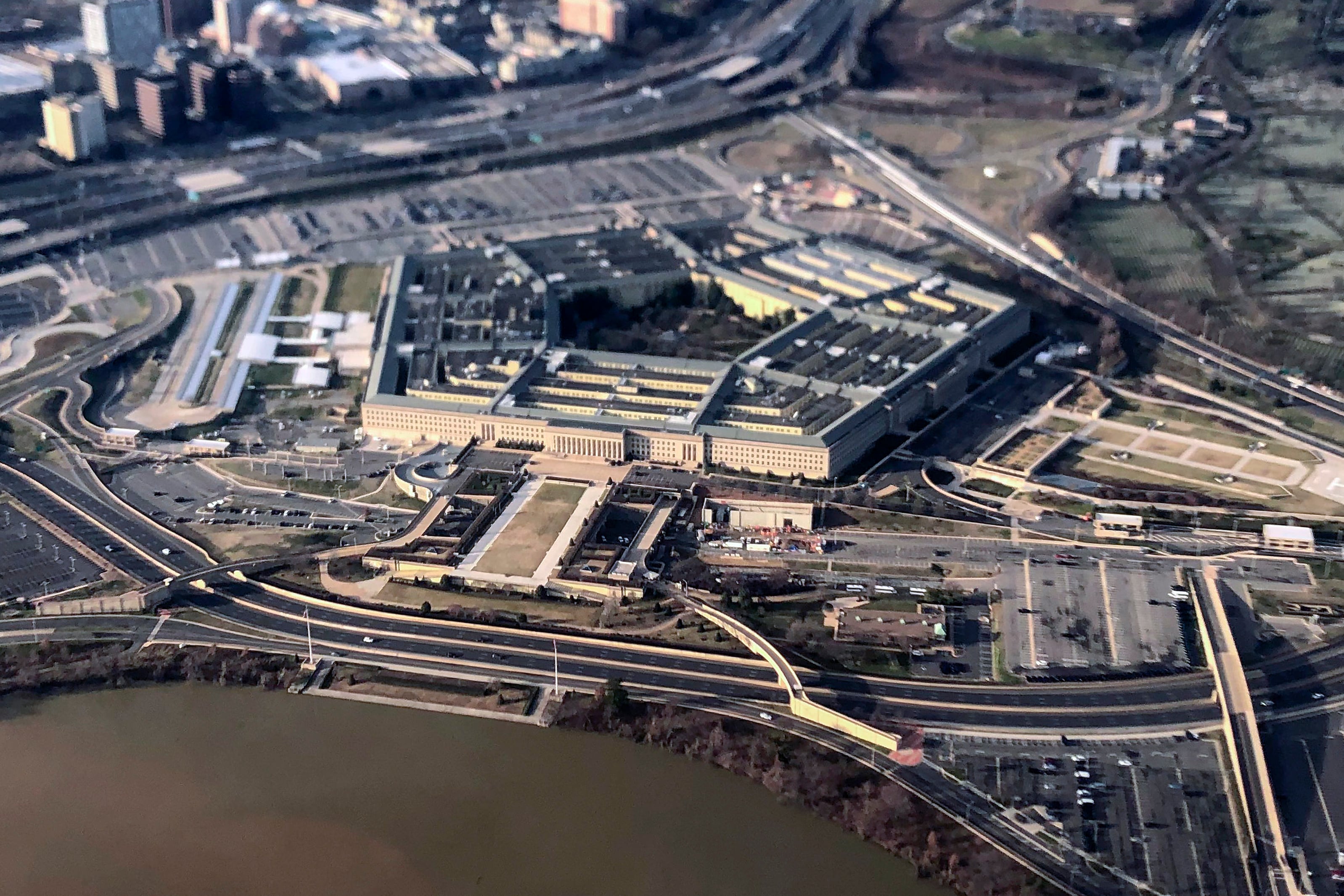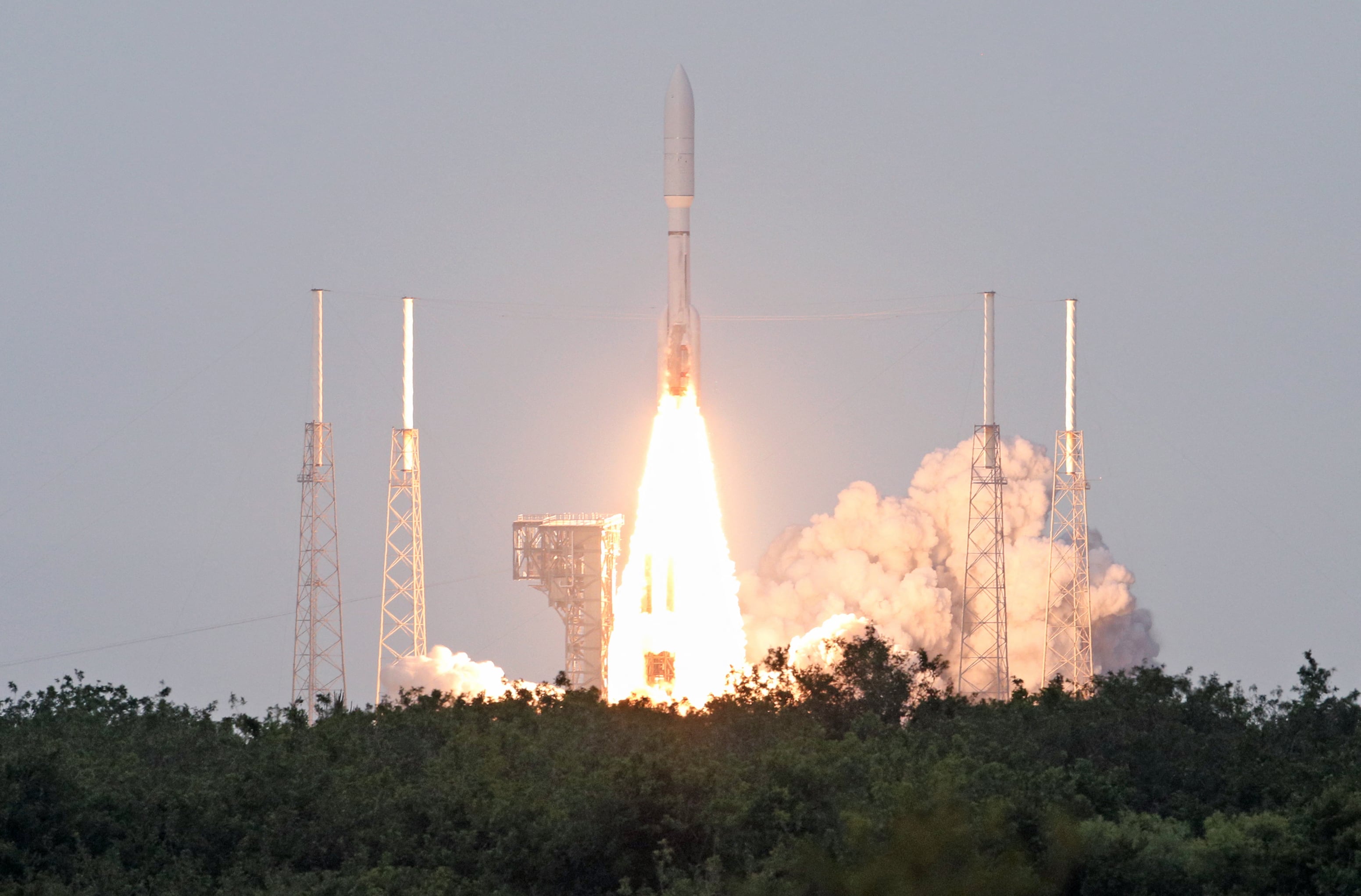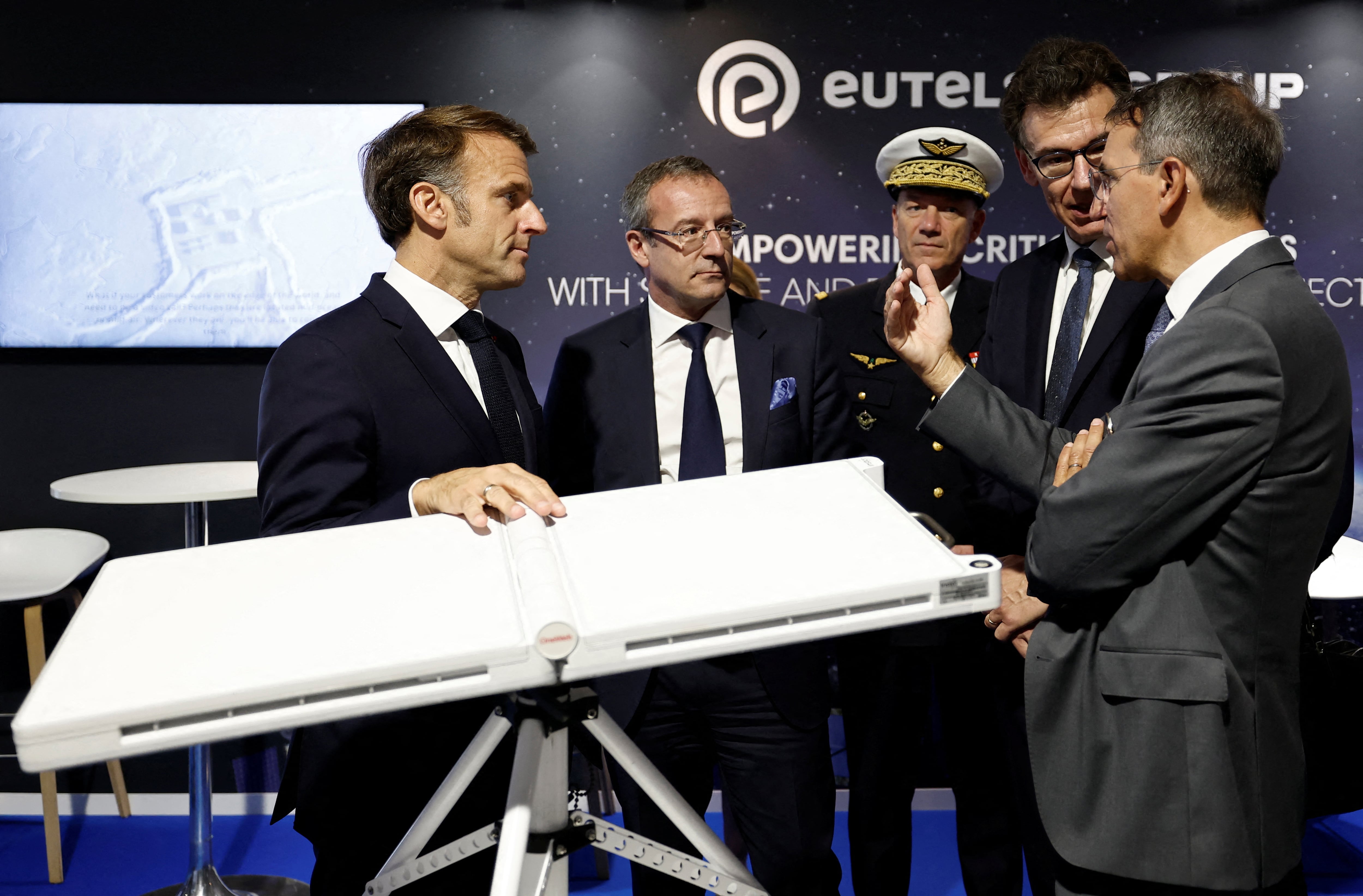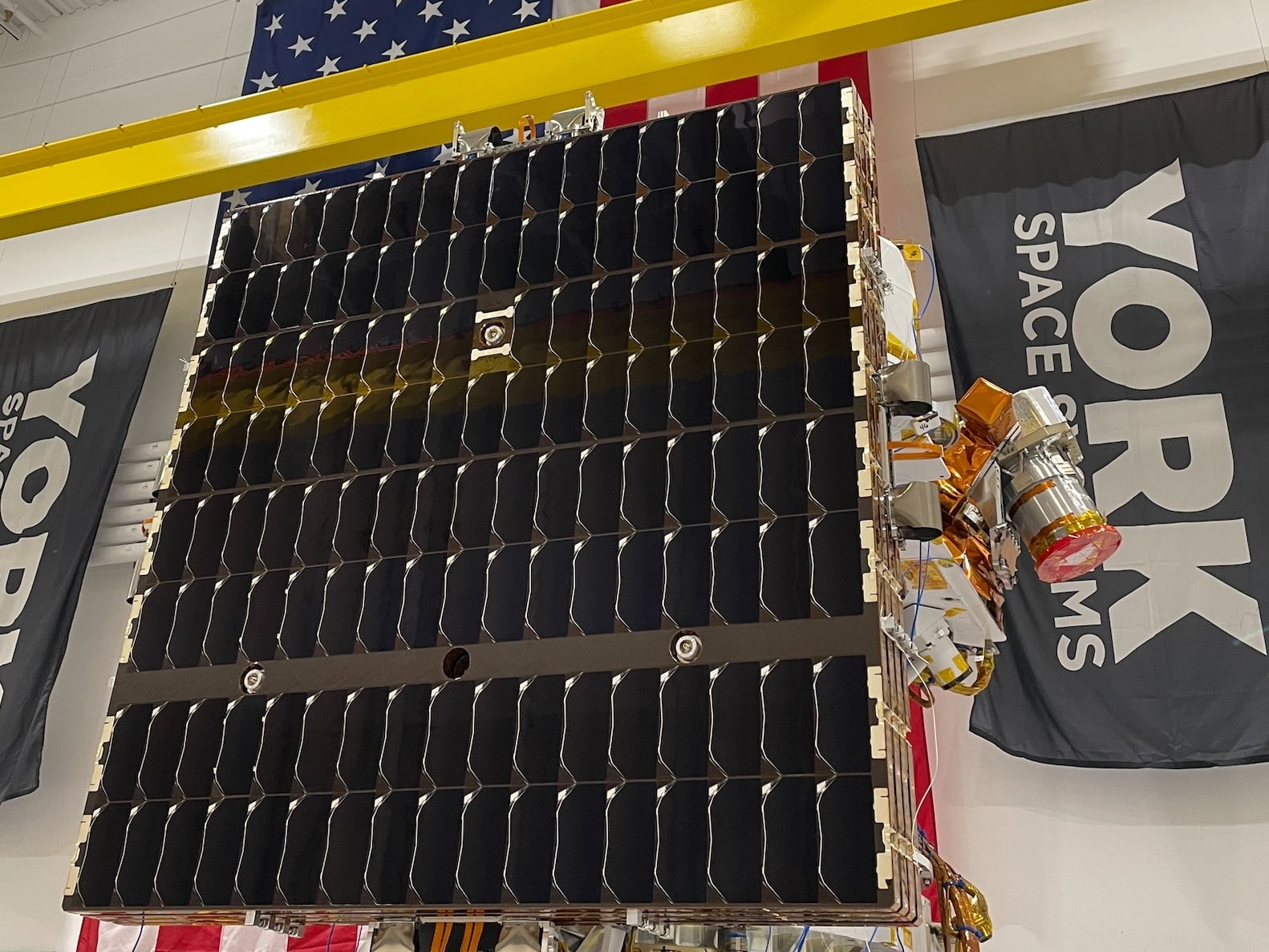The ability to communicate and get real-time information in the heat of battle has always been a tactical advantage. With the advent of the Internet, wireless communications and smaller, faster devices, today's war fighter can leverage this advantage like never before.
But what about tomorrow's war fighter?
During a panel discussion at the Mobile Tech Summit hosted by AFCEA DC on Jan. 21, current and former soldiers working in mobility offered their predictions on where these capabilities are headed and where they'd like them to go.
"What we had was so antiquated compared to where we're going today with handheld devices," said Jim Robinson, a retired Marine and current director of ViaSat. "Everything was tethered and we had wires everywhere … I'd rather have as few wires hooked into my kit as possible. So I've got to figure out: What's my transport mechanism and how do I secure it?"
As the devices and connectivity improve, Robinson said strategic use of cloud will be key.
"I want to have as much as my data not on that device as possible. I want it to be somewhere else but I have to have access to it," he said. "If I lose it, I don’t want it to become a national [security] incident. You will drop things in combat, you will have to jettison packs, you will have to take off, you will leave behind something." How do we minimize" the risk. Minimizing that risk will be an important consideration.
One option will be tying a soldier's security credentials to a lightweight device separate from the rest of their equipment, such as a smart watch.
The next few years will see "the use of smart watches, not solely for notifications, but for security and encryption," said Jamie Wu, senior manager for Department of Defense sales at Samsung. "We'll be able to tie a device for authentication to a smart watch. So if you do have to jettison that device — leave it behind — if it's tied to a smart watch, you break that encryption [link and it will] lock the device and potentially wipe it."
Video provides another major tactical advantage but getting it to the fighter in a way that is helpful rather than distracting is difficult. However, if done properly, the advantages are immense.
"Viewing full-motion video, currently [those capabilities] are all over the place," said Maj. Kevin Shepherd, common handheld team lead for Marine Corps Systems Command. "It sure would be nice if as I'm getting ready to step off I've got real-time intel on what it is I'm going to be stepping into."
That advantage continues on to the battlefield and, with a fully connected unit, could mean the difference between life and death.
With live video streaming into a feed, "I can see the other side of the building, I see that an insurgent just ran from here to there with a machine gun, so that we can adjust our plan on the fly," Shepherd said. "I can mark it down on my screen, hit send and someone else who doesn't necessarily have the video receiver can see that we're changing the plan and that I've marked the machine gun."
How those interfaces are developed will be key, Shepherd said, noting that he wasn't talking about a full headset display, but rather something less distracting soldiers can look at when needed.
"It's important that we stay grounded in the fact that this is not virtual reality," he said. "We're enabling the war fighter with tools that they can use to their betterment, as opposed to giving them a virtual scene of what's going on in front of them."
All these things are coming down the pike and will be a reality sooner than later. And while experts like those on the panel can make predictions, the truth is the future of tactical mobility is limitless.
"Five years in technology is a lifetime," Wu said. "Just think about how far we've come in the last two years."
Aaron Boyd is an awarding-winning journalist currently serving as editor of Federal Times — a Washington, D.C. institution covering federal workforce and contracting for more than 50 years — and Fifth Domain — a news and information hub focused on cybersecurity and cyberwar from a civilian, military and international perspective.

